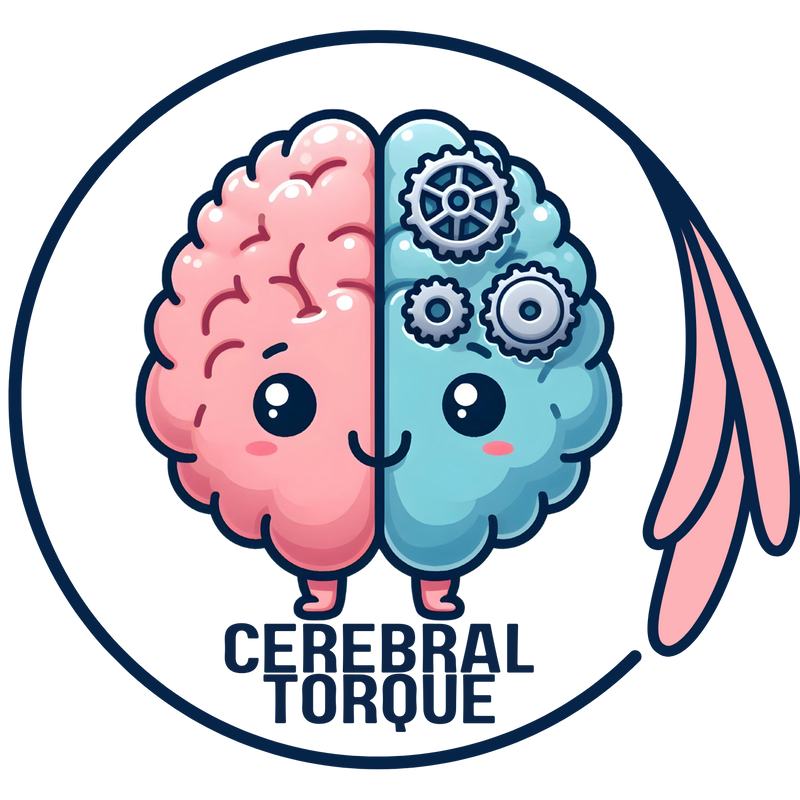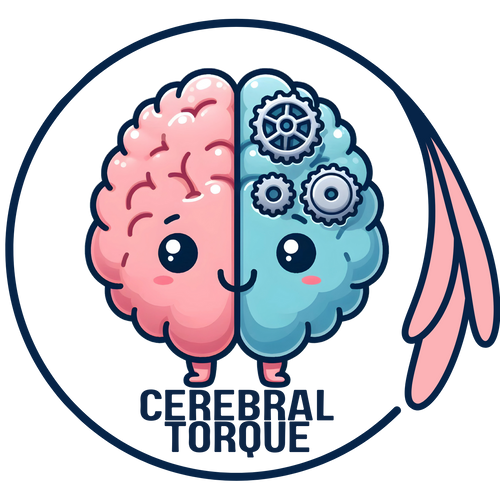Migraine & White Matter Hyperintensities
Posted on July 05 2025,
Migraine & White Matter Hyperintensities
Evidence Against Migraine-White Matter Hyperintensity Association
The table below summarizes major research studies that found no association between migraine and white matter hyperintensities (small bright spots that can appear on brain MRI scans). These studies used advanced methodologies and large patient populations to provide reliable evidence.
| Study & Year | Study Type | Number of Participants | Key Finding | What This Means |
|---|---|---|---|---|
| 1000BRAINS Study (2024) View Study |
Long-term population study 3.7 years follow-up |
1,062 participants (45% women, avg age 61) |
No increased white matter spots No progression of white matter hyperintensities in migraine patients |
Migraine doesn't cause or worsen white matter hyperintensities over time |
| Northern Manhattan Study (2023) View Study |
Diverse community study Multi-ethnic population |
546 participants (65% Hispanic, avg age 71) |
No association found No difference in white matter hyperintensities between migraine and non-migraine groups |
Results apply across different ethnic groups and older adults |
| Genetic Analysis Study (2024) View Study |
Mendelian randomization Genetic approach |
589,356 participants (Large genetic database) |
No causal relationship Genetics show migraine doesn't cause white matter hyperintensities |
Strong evidence against migraine causing white matter hyperintensities |
| HUNT MRI Study (Norway) View Study |
Population-based imaging Multiple assessment methods |
862 participants (General population) |
No migraine association While tension headaches showed connection, migraine did not |
Migraine is different from other headache types regarding white matter hyperintensities |
| Meta-Analysis Study (2023) View Study |
Systematic review & meta-analysis Multiple studies analyzed |
Multiple cohorts (Comprehensive review) |
Conflicting results across studies Migraine characteristics found unrelated to white matter hyperintensities |
Large-scale analysis shows inconsistent evidence for any meaningful association |
| Migraine Subtype Study (2021) View Study |
Controlled comparison No vascular risk factors |
92 migraine patients 24 controls |
No significant differences No difference between migraine types or frequency |
Neither migraine severity nor type affects white matter hyperintensities |
| REFORM DTI Study (2025) View Study |
Cross-sectional case-control Diffusion tensor imaging |
293 migraine patients 154 controls |
No significant differences No differences in white matter microstructural integrity across all migraine subtypes |
Migraine does not result in microstructural alterations within cerebral white matter |
| UK Biobank Study (2025) View Study |
Large cross-sectional cohort Middle-aged and older individuals |
3,431 migraine patients 26,969 controls |
Reduced white matter hyperintensities Migraine associated with significantly decreased WMH burden, especially in under-65 age group |
Migraine may actually be protective against white matter hyperintensities in middle-aged individuals |
| Veterans TBI Study (2024) View Study |
Cross-sectional veteran cohort Mild traumatic brain injury |
83 veterans (67 with migraine-like headache) |
No association found No relationship between migraine-like headache and white matter hyperintensities |
Even in TBI population, migraine-like headaches don't increase white matter hyperintensities |
This information is for educational purposes and should not replace professional medical advice. If you have concerns about brain imaging findings or migraine management, please discuss them with your healthcare provider who can interpret results in the context of your individual situation.
Mon, Nov 17, 25
Migraine Research - During the week of my absence.
Migraine Research - During the week of my absence. The Association Between Insomnia and Migraine Disability and Quality of Life This study examined how insomnia severity relates to migraine disability...
Read MoreSat, Nov 01, 25
Anti-CGRP Monoclonal Antibody Migraine Treatment: Super-Responders and Absolute Responders and When to Expect Results
Anti-CGRP monoclonal antibodies achieved 70% super-response and 23% complete migraine freedom in a one-year study. Most dramatic improvements occurred after 6 months of treatment. For patients with chronic or high-frequency...
Read MoreAll Non-Invasive Neuromodulation Devices for Migraine Treatment
Wondering if migraine devices actually work? This guide breaks down the latest evidence on non-invasive neuromodulation devices like Cefaly, Nerivio, and gammaCore. Learn which devices have solid research backing them,...
Read More



